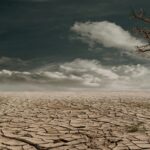
The Effects of Drought Intensification on Invertebrate Populations
October 1, 2019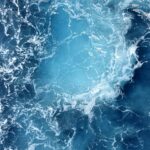
Oxygen Supersaturation Protects Coastal Fauna from Ocean Warming
November 5, 2019Harnessing Marine Microclimates
Project Details
- PRODUCT(S): miniDOT® Logger
- APPLICATION: Coastal / Ocean
- PARAMETER: Dissolved Oxygen, Temperature
- LOCATION: Baja California and Baja California Sur, Mexico
- ORGANIZATION: Hopkins Marine Station and Stanford Center for Ocean Solutions, Stanford University, Pacific Grove, California; COBIA Lab, University of Georgia, Athens, Georgia; Environmental Fluid Mechanics Laboratory (EFML), Stanford University, Palo Alto, California; FEDECOOP, Ensenada, Baja California, Mexico; Communidad y Bioversidad, A.C., La Paz and Guaymas, Mexico; Departamento de Conservacion de la Biodiversidad, El Colegio de la Frontera Sur, San Cristobal de las Casas, Mexico
- RECOGNITION: Fiorenza Micheli, Charles Boch, C. Brock Woodson,, Eduardo Diaz, Antonio Espinoza, Stuart Fulton, Arturo Hernandez, Minsun Lee, Natalie Low, Stephen G. Monismith, Magdalena Precoma, Alfonso Romero, Andrea Saenz-Arroyo, Alexandra Smith, Jorge Torre, Leonardo Vazquez-Vera
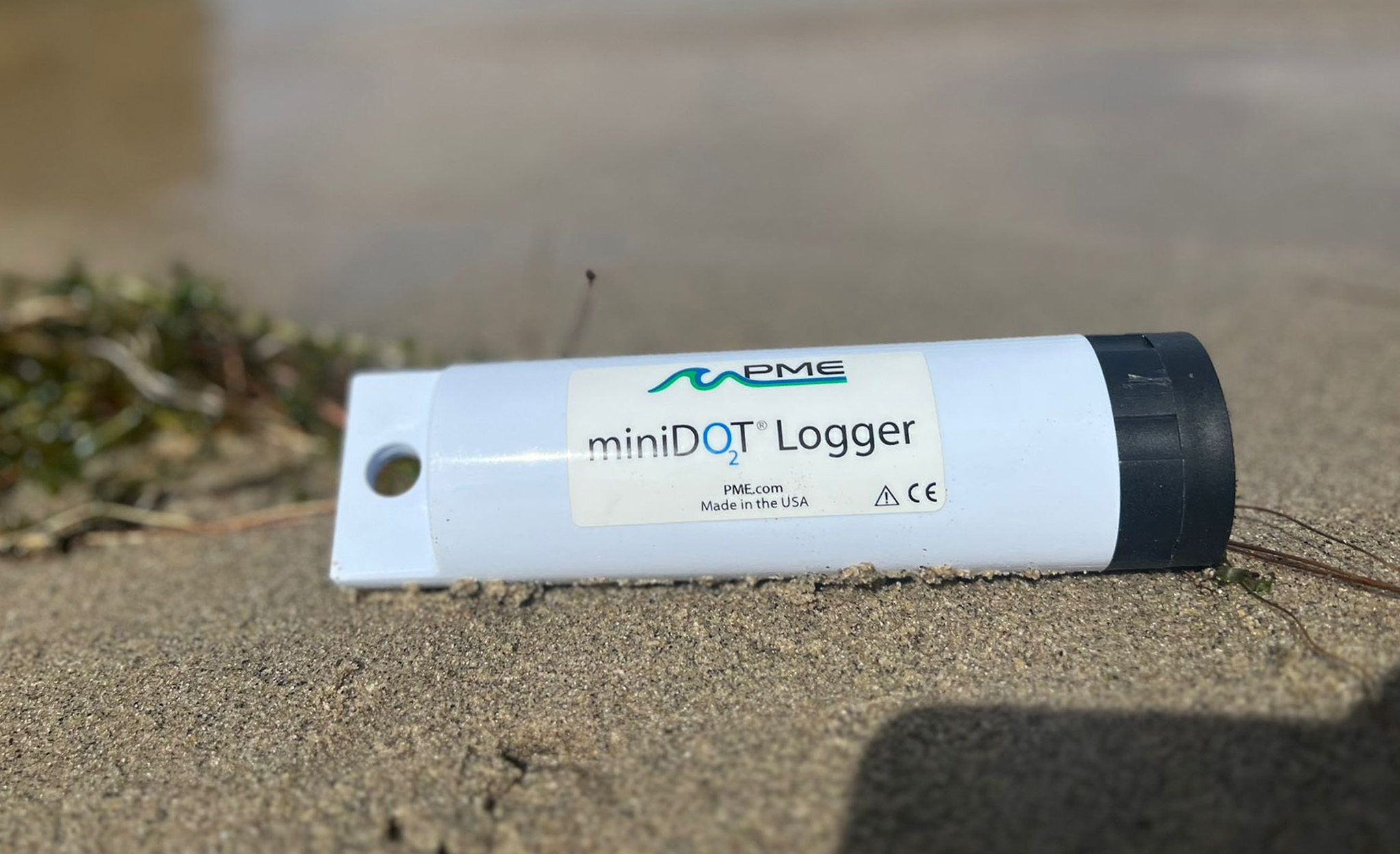
Case Study Description
Publication: Woodson, C.B., F. Micheli, C. Boch, M. Al-Najjar, A. Hernandez, L. Vera, S.G. Monismith and J. Torre. 2018. Harnessing environmental variability as a climate change adaptation for small-scale fisheries. Conservation Letters. e12609. https://doi.org/10.1111/conl.12609.
Harnessing Marine Microclimates for Climate Change Adaptation, Fisheries Management, and Marine Conservation
Due to climate change, the oceans are warming, deoxygenating, and acidifying at an unprecedented rate. These climate change-driven stressors have caused a decline in the populations of many marine species. Some species’ declines have been severe enough to eliminate commercial fishing of them, causing severe damage to local economies. Worse, in many cases, the cessation of fishing—a one-or two-year prohibition for example—while decimating local economies, does not bring about a population rebound. In these cases, recovery ranges from very slow to non-existent.
Conservation and fisheries management groups are further frustrated by the widely held assumption that climate change-related problems require global—or at the very least large-scale—solutions and are beyond the reach of local groups or local initiatives.
Research conducted by a group comprised of the 10 fishing cooperatives of the Federacion Regional de Sociedades Cooperativas de la Industria Pesquera Baja California (FEDECOOP), the Mexican non-governmental organization (NGO) Comunidad y Bioversidad, A.C. (COBI), Stanford University, and the University of Georgia, offers hope that local groups and local initiatives can make a difference and that effective changes to local fisheries, influenced by local data, can help keep species from severe decline and/or help recovery once decline has occurred.
The collaborative group of researchers – Fiorenza Micheli, Charles Boch, C. Brock Woodson,, Eduardo Diaz, Antonio Espinoza, Stuart Fulton, Arturo Hernandez, Minsun Lee, Natalie Low, Stephen G. Monismith, Magdalena Precoma, Alfonso Romero, Andrea Saenz-Arroyo, Alexandra Smith, Jorge Torre, Leonardo Vazquez-Vera – operate in the central Baja California region of Mexico, specifically from Isla San Jeronimo (El Rosario) to Punta Abreojos.
The Value of Microclimates
 Responses to large-scale forcing like climate change and El Niño Southern Oscillation (ENSO) are variable at relatively small spatial scales, creating robust microclimates inside the large affected area. These robust microclimates can provide spatial refuges for species under stress —‘safe spaces’—where at-risk populations can maintain and even rebound.
Responses to large-scale forcing like climate change and El Niño Southern Oscillation (ENSO) are variable at relatively small spatial scales, creating robust microclimates inside the large affected area. These robust microclimates can provide spatial refuges for species under stress —‘safe spaces’—where at-risk populations can maintain and even rebound.
The researchers believe these microclimates, once identified, can be used to harness naturally occurring patterns of local variability in the service of conservation and fisheries management. Small no-take zones, artificial reefs, and other management measures, if implemented, could help maintain these spatial refuges, improving ecosystem sustainability, even in the face of climate change and other large-scale forcing events.
Identifying Microclimates
The researchers established mooring sites on each side of Isla Natividad and Isla San Jeronimo. The moorings recorded temperature, salinity, dissolved oxygen, and currents every 10 minutes during a 4-year period from 2013-2017. PME’s miniDOT loggers were deployed along with CTDs, thermistors and ADPs at a subset of locations. The team compiled large-scale data sets and used standard time series techniques to examine differences between sites.
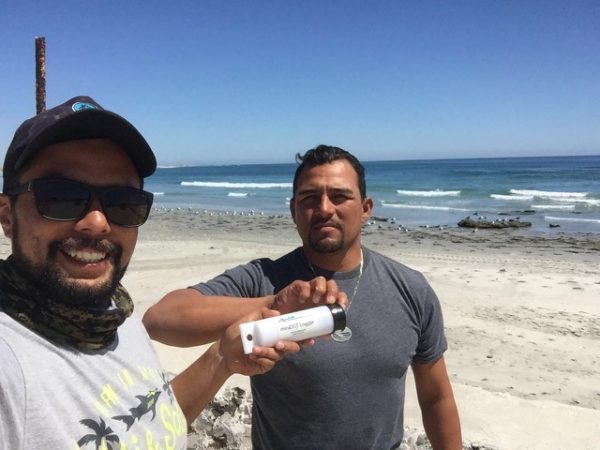
Spatial Refuges as a Management Tool
Analyzing four years of data, the researchers determined that high variability in ocean conditions occurred, both across and within the areas studied, with significant variation shown at the scale of kilometers. Other recent studies have demonstrated similar variation at scales as small as 10s of meters.
This small-scale variation could provide refuges from climate stressors, especially for mobile species like finfish and lobsters. Many species are resilient to short-term heating and hypoxia but suffer under longer exposure. Identifying these spatial refuges and designating them as no-take on a permanent or rotating basis, perhaps species-specific, could be a valuable management tool, ensuring long-term sustainability for species and stability for local economies. Local entities, using local data, could craft local solutions and not be powerless in the face of large-scale forcing like climate change and ENSO.
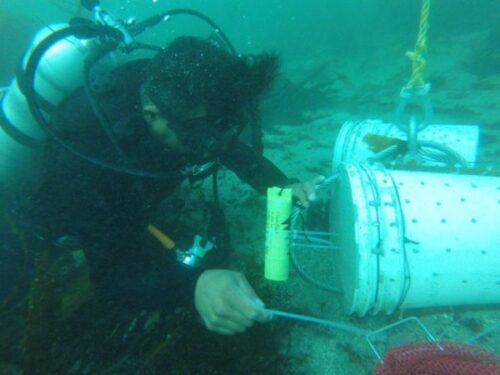
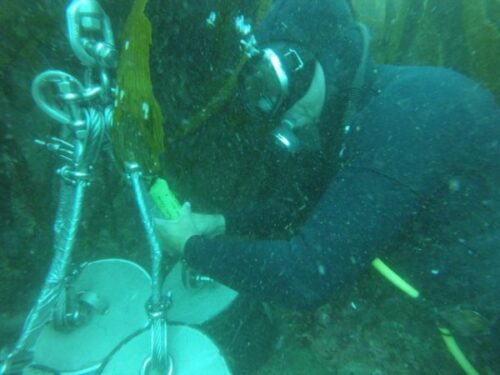
Product Description
The miniDOT® Logger is a completely submersible instrument that logs dissolved oxygen and temperature measurements. Data is recorded on the internal SD card and operational functions, like setting time and sample intervals, can be accomplished via USB cable. The oxygen sensor is an optode that measures dissolved oxygen concentration in water through a fluorescence method. The miniDOT® can withstand temperatures ranging from 0 – 35°C with a depth rating of 300 meters.

